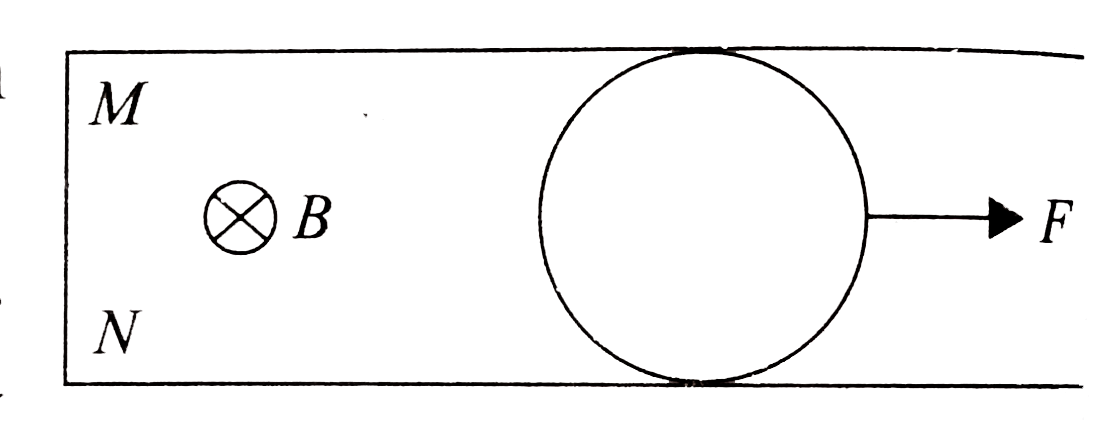To what stable isotope .103Lr257 decay?
To determine the stable isotope to which the isotope 257103Lr (Lawrencium) decays, we can follow these steps:
Step 1: Identify the element and its properties
- The element given is Lawrencium (Lr).
- The atomic number of Lawrencium is 103.
- The mass number of Lawrencium is 257.
Step 2: Determine the decay series
- Lawrencium is part of the actinide series and typically undergoes alpha decay or beta decay.
- In this case, we note that Lawrencium belongs to the 4n + 1 disintegration series, which is known as the Neptunium series.
Step 3: Identify the end product of the decay
- The end product of the Neptunium series is Bismuth (Bi).
- The atomic number of Bismuth is 83, and its mass number is 209.
Step 4: Write the final answer
- Therefore, the stable isotope to which 257103Lr decays is 20983Bi (Bismuth).
Final Answer
The stable isotope to which 257103Lr decays is 20983Bi.
---
- The element given is Lawrencium (Lr).
- The atomic number of Lawrencium is 103.
- The mass number of Lawrencium is 257.
- Lawrencium is part of the actinide series and typically undergoes alpha decay or beta decay.
- In this case, we note that Lawrencium belongs to the 4n + 1 disintegration series, which is known as the Neptunium series.
- The end product of the Neptunium series is Bismuth (Bi).
- The atomic number of Bismuth is 83, and its mass number is 209.
- Therefore, the stable isotope to which 257103Lr decays is 20983Bi (Bismuth).
The stable isotope to which 257103Lr decays is 20983Bi.
Topper's Solved these Questions
- NUCLEAR CHEMISTRYBook:CENGAGE CHEMISTRY ENGLISHChapter:NUCLEAR CHEMISTRYExercise:Solved Example
Explore 18 Videos
- NUCLEAR CHEMISTRYBook:CENGAGE CHEMISTRY ENGLISHChapter:NUCLEAR CHEMISTRYExercise:Ex6.1 Objective
Explore 15 Videos
- NCERT BASED EXERCISEBook:CENGAGE CHEMISTRY ENGLISHChapter:NCERT BASED EXERCISEExercise:Nuclear Chemistry (NCERT Exercise)
Explore 29 Videos
- ORGANIC COMPOUNDS WITH FUNCTIONAL GROUPBook:CENGAGE CHEMISTRY ENGLISHChapter:ORGANIC COMPOUNDS WITH FUNCTIONAL GROUPExercise:Archives Analytical And Descriptive
Explore 24 Videos
Similar Questions
.13Al27 is a stable isotope. .13Al29 is expected to disintegrate by
View SolutionBoron has two stable isotopes, .10B(19%) and .11B(81%). The atomic mass that should appear for boron in the periodic table is
View SolutionBoron has two stable isotopes, .10B(19%) and .11B(81%). The atomic mass that should appear for boron in the periodic table is
View Solution_(1)1H is a stable isotope . _(1)3H is expected to disintegrated by :
View SolutionWhen the radioactive isotope .88Ra228 decays in series by the emission of 3α and 1β particle, the isotope finally formed is
View Solution(Ho)16567 is stable isotope. (Ho)15067 is expected to distegrate by:
View SolutionTwo long parallel conducting horizontal rails are connected by a conducting wire at one end. A uniform magnetic field B (directed vertically downwards) exists in the region of space.

A light uniform ring of diameter d which is practically equal to separation between the rails is placed over the rails as shown in Fig. If resistance of ring be (λ) per unit length
The force required to pull the ring with uniform velocity v is
View SolutionThe radioactive isotope .23490Th undergoes two successive β− decay followed by one α− decay. The atomic number and mass number respectively of the resulting atom is:
View SolutionThe isotope of 92U238 decays by α-emission to an isotope of thorium (Th). The thorium isotope decays by β-emission to an isotope of protactinium (Pa). Write down the equation to represents these two nuclear charges.
View SolutionIs the sulphur isotope .3816S likely to be stable?
View Solution
